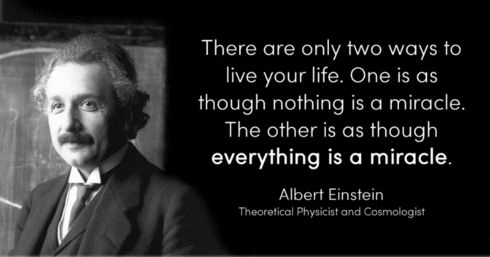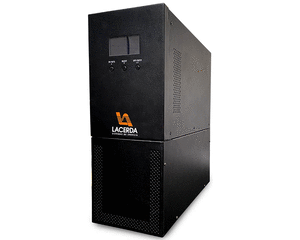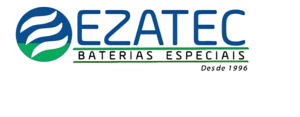A STUDY OF THE FACTORS THAT AFFECT LITHIUM ION BATTERY DEGRADATION by Shihui Xiong --Dr. Robert O’Connell, Thesis Supervisor
ABSTRACT
Secondary batteries have been applied in every aspect of our life, from cell phones,
to laptops, medical devices, satellites, and renewable energy power stations. Li-ion
batteries have shown superior advantages in their ability to store large amount of energy in
compact spaces and their long battery life. However, battery capacity degradation, which
causes battery failure, posts a serious concern to the economy and efficiency to individuals
and industries. The degradation rate is affected by several factors including temperature,
charge and discharge voltage, current, and the level at which the battery is charged or
discharged. Understanding these factors can largely help to reduce the speed of battery
failure and allow batteries to better serve their purpose. First, this thesis project did a review
of existing literatures addressing how conditions including temperature, state of charge,
depth of discharge, charge voltage, and C-rate affect Li-ion battery degradation rate and
the conditions necessary to achieve optimal battery life. An experiment was done to study
how battery chemistry, cycle frequency, and temperature affect battery degradation rate
and observe how degradation affects battery performance. Results show that high and low
temperature shorten battery life, cycle frequency is not consequential with Li-ion battery
degradation rate, and INR batteries might have shorter battery life than IMR batteries.
These findings will help consumers and companies better understand proper usage of Li
ion batteries.
VIEW FULL TEXT:

.gif)









